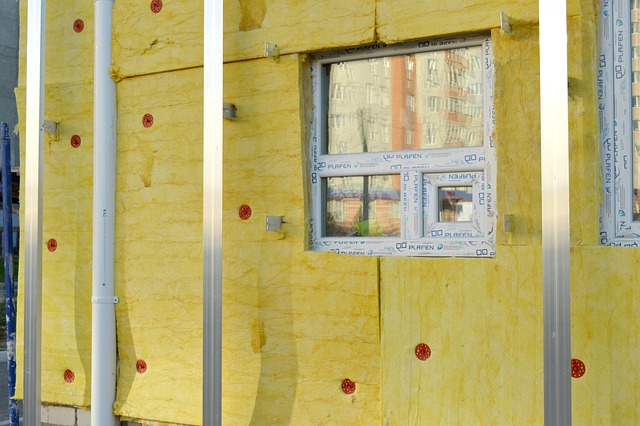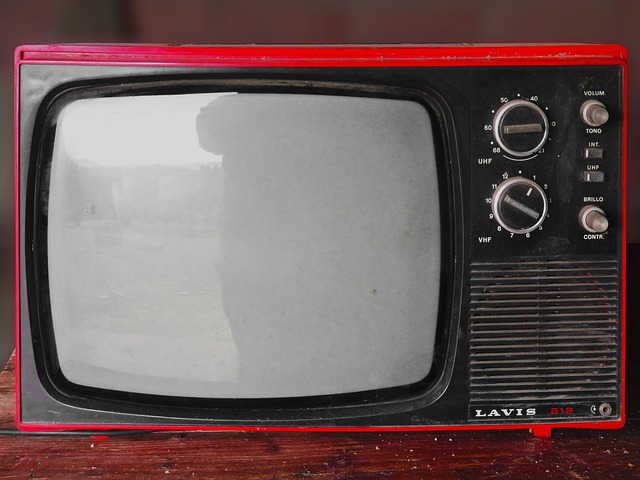In the world of television, sound design often takes a backseat to the visual splendor that high-definition monitors and advanced display technology offer. However, the auditory experience is just as crucial to engaging storytelling. It acts as an invisible force that envelops viewers in their favorite shows, enhancing emotional response and creating memorable moments. In this ultimate guide, we’ll explore how sound design can transform your viewing experience, equipped with the latest techniques and technologies.
The growing sophistication of home entertainment systems demands an appreciation for advanced sound design techniques. Beyond mere background noise, sound design incorporates everything from speech clarity to immersive soundscapes. Sound designers meticulously craft audio tracks to align perfectly with the visuals on screen, ensuring that every dialogue, sound effect, and piece of music resonates with authenticity and emotional weight.
The integration of spatial audio technology has revolutionized the way sound is perceived in relation to the visuals displayed on your screen. Utilizing monitors that support technologies like Dolby Atmos or DTS:X allows viewers to hear sounds projected from all directions. This 3D audio experience draws viewers deeper into the narrative, making it feel as if they are part of the action unfolding before them.
Visualization plays a complementary role in crafting an enchanting audio-visual experience. With stunning graphics and vibrant colors in modern display technology, the synthesis of sound and sight creates a powerful sensory experience. In a typical setup, sound design should not only synchronize with visual effects but also elevate them to a new level. A suspenseful scene in a thriller, for instance, benefits immensely from heightened sound effects that emphasize a character’s anxiety, turning an ordinary moment into pulse-pounding tension.
Choosing the right monitors is essential for optimizing sound and visualization. Many modern displays come equipped with enhanced audio output systems that include built-in soundbars or even support for external sound systems. Investing in high-quality speakers and subwoofers can elevate your audio experience, allowing you to experience the rich, layered textures of well-crafted sound design. When watching a dynamic movie scene, the thunderous sound of a storm or the subtle footsteps of a character can become intricately detailed with the right sound system.
To become familiar with sound design, consider experimenting with audio settings on your TV. Many devices allow for adjustments that can significantly impact your viewing experience. Whether it’s tweaking the bass levels to make the explosions sound more impactful or enhancing dialogue clarity for better understanding, these adjustments can lead to a more immersive experience.
Sound design is a fundamental component of the artistic landscape in television. As technology evolves, maintaining a harmonious balance between audio and visual elements is vital. By embracing advanced techniques, investing in quality displays, and ensuring that your audio setup is finely tuned, you can unlock the true potential of your viewing experiences. The next time you settle down for a TV marathon, pay close attention to the sound design—it may just change how you perceive your favorite shows forever.



